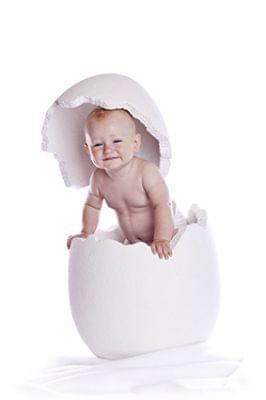
Potty Training for Children
Potty training for children typically begins between ages 2-2.5, but it's essential to ensure the child is ready before starting. If the child is not ready, the chances of failure are higher.
Signs that a child is physically ready for potty training:
-
Diaper remains dry in the morning.
-
Stays dry for more than two hours during the day.
-
Decrease in the number of wet diapers.
-
Regular bowel movements.
-
Ability to sit and squat comfortably.
-
Understanding the difference between wet and dry sensations.
Signs of emotional readiness:
-
Discomfort with soiled diapers.
-
Imitates adult toilet behavior.
-
Shows curiosity about how adults use the toilet.
When potty training begins, children should be introduced to the concept of cleanliness and taught that staying dry is good. Choosing a potty chair is important, as most children feel safer using a potty instead of a toilet seat adapter.
Potty Training Steps:
-
Place the potty in an area where the child spends most of their time.
-
Allow the child to sit on the potty with clothes on at first.
-
Once they feel comfortable, encourage them to sit without clothes.
-
If the child uses a diaper, empty the contents into the potty and then flush it in the toilet, demonstrating where waste belongs.
-
Observe signs when they need to go, and gently suggest going to the toilet.
-
Allow the child to see parents using the toilet and encourage them to sit at the same time if the potty is in the bathroom.
-
Teach the habit of handwashing after every attempt.
-
Dress them in easy-to-remove clothing.
-
Regardless of success, always offer positive reinforcement.
Mistakes may happen – be patient!
-
If the child refuses, they may not be ready yet—take a break and try again later.
-
After a few days of success, transition to underwear.
-
No child stays in diapers forever – every child will eventually learn to use the toilet.

